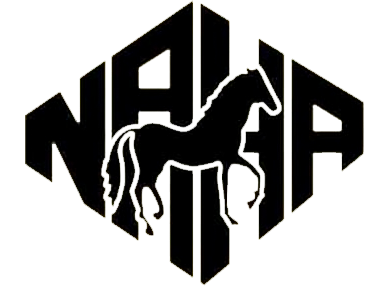I think we can all agree that July has been a very hot month. It has also been a very dry month, never wanted rain so much as I have in these last days. And remember we still have the month of August to go with traditionally hot days. So, this month's newsletter is dedicated to helping you decide when is it too hot to ride?
The first thing is using your own common sense. If you think it is too hot to ride, you are probably right. Go with your gut. It's never wrong to postpone a ride, or even a show for a cooler time of the day, or cooler time of the year. The best advice for hot humid days is to either ride early, done by 10 AM or ride late in the day after the sun is lower in the sky. For summer riding that has to be done in the heat of the day, like a show, when you can head for the shade for a quick break, keep buckets of cool water available for your horse and if possible, ad a misting fan if electricity is available at the ring. Research has shown that horses voluntarily drink more water within the first hour after exercise when the water is about 68 degrees F. This might mean having a supply of ice available.
There are other factors to consider before riding in the heat. Is your horse very old or very young? Is he out of condition? Heavily muscled or thicker body types are a higher risk. Does your horse have endocrine disease like Cushing's? Does your horse have equine asthma, is he recovering from a recent respiratory illness?
A second tool to help you decide is paying attention the the heat index. As a rule, caution must be used when the heat index is over 90. The higher the heat index climbs over 100, the great ther risk that your horse and you will suffer from overheating or even heat stroke.
A third tool is a quick math equation to determine riding safety. Add the air temp to the humidity percentage, when the total is under 130, a healthy horse can effectively cool himself. If the total is between 130-150 this ability is reduced, if the total is over 150, the ability to cool himself is greatly reduced. If the total is over 180 conditions can be life threatening, so a good rule of thumb: avoid riding if the total is over 150.
In our neck of the woods, we deal with both heat and humidity. Heat and humidity are already a challenge to your horse and now we add exercise and raise the health risk. Humidity reduces the body's ability to dissipate heat through evaporation or seating. r. Peterson DVM said, "It's like trying to breath and cool off from under a hot, wet blanket.
Horses lose electrolytes through sweating, so keep salt blocks handy (plain or trace mineral), and you may need to ad electrolytes to the water to replace calcium, sodium, potassium, an chloride lost through sweat and urination. Many horses dod't like the taste of electrolytes in the water so introduce them earlier in the year before the heat wave. Your horse should be hydrated before you ride. A horse should always be allowed to drink even when he's hot. Over water a half gallon at a time during the cool down until he doesn't want any more. When finished be sure there is plenty of water in his stall/pen to drink after he's totally cooled out.
And finally, how to cool your horse down. The ride, class, lesson is over, now you and the sweaty beast need cooling. Many of us learned to cool a horse after exercise by walking him in the shade. New studies have shown that the most efficient method is continuous show with cool water, keeping your horse stationary. A recent study showed this method decreased core temp in an average of two minutes. Focus the water stream on the jugular vein and the large veins inside the legs.
Now you can finish cooling by slowly walking. your horse until the respiratory rate and body temp are normal. Walking helps remove lactic acid and keeps muscles from tightening up.
Hope it helped and comes in handy.
Until next month.
